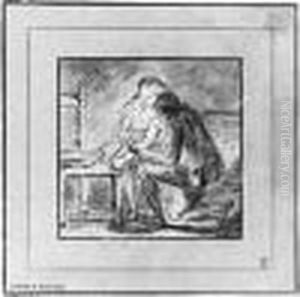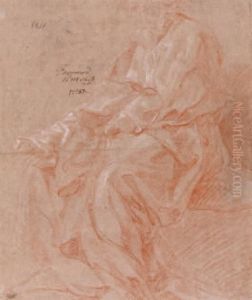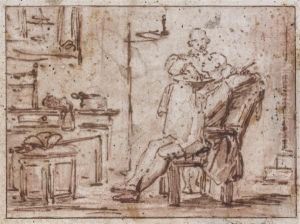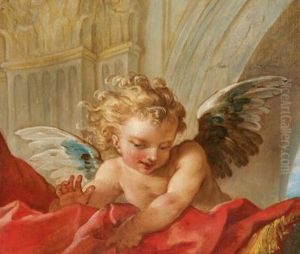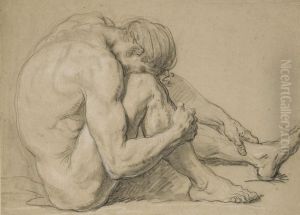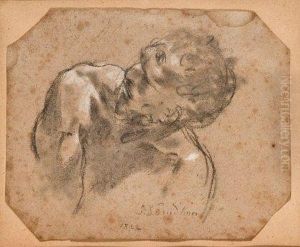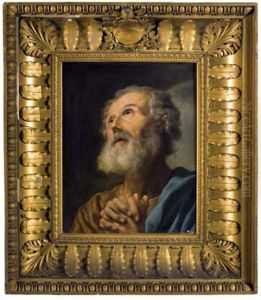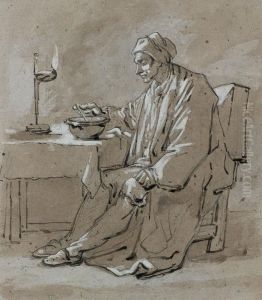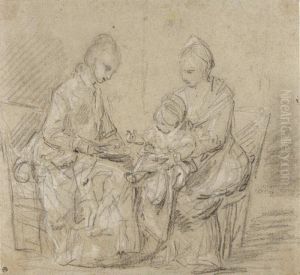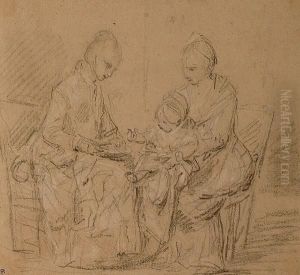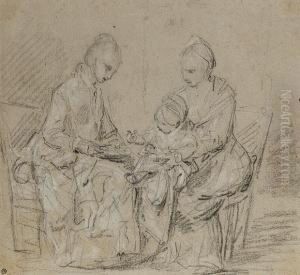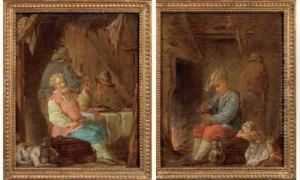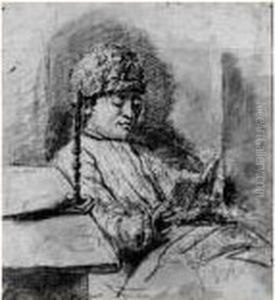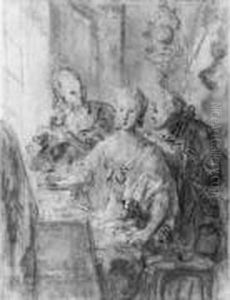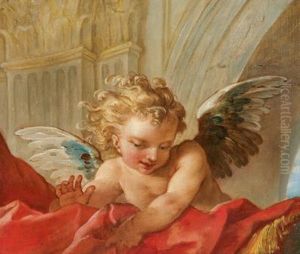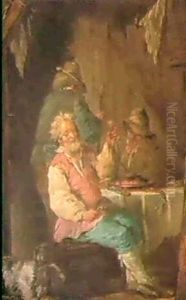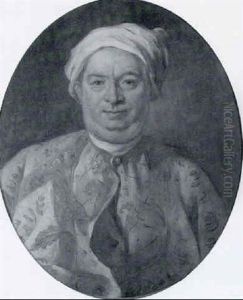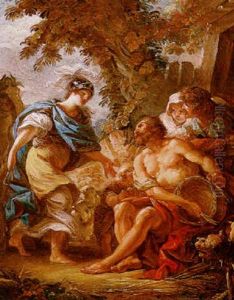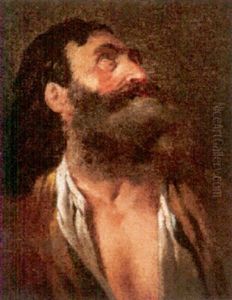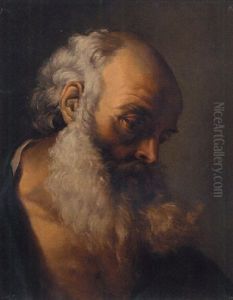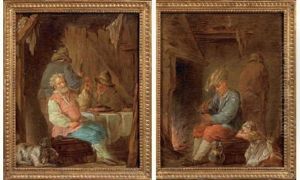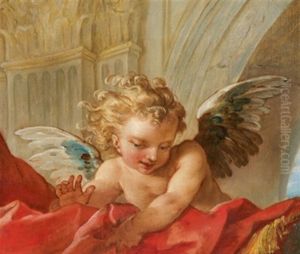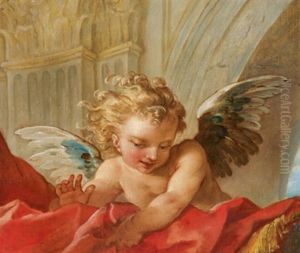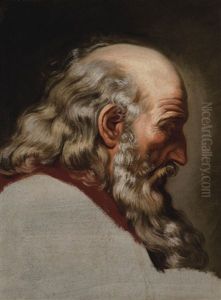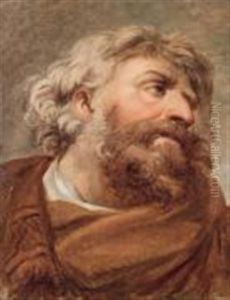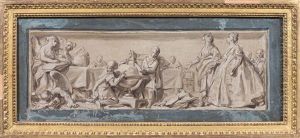Louis Jean-Jacques Durameau Paintings
Louis Jean-Jacques Durameau was an 18th-century French painter, primarily known for his contributions to the Rococo movement, which was characterized by its ornate and highly decorative style. Born in Paris in 1733, Durameau embarked on his artistic journey at a young age, showing an early aptitude for drawing and painting. He received his formal education in the arts under the tutelage of renowned painters of the time, which helped him develop a refined and elegant style that was in vogue during the Rococo period.
Durameau's career was marked by his exceptional skill in both painting and decorative arts. He was particularly celebrated for his work as a decorator and his ability to infuse spaces with the luxurious and playful elements characteristic of Rococo design. His talent did not go unnoticed, and he was commissioned to work on various prestigious projects, including decorations for royal residences and other significant buildings in France.
Throughout his career, Durameau contributed significantly to the art world, not only through his own creations but also by influencing the next generation of artists. His works, which include a range of subjects from mythological scenes to portraits, embody the essence of the Rococo style—elegance, lightness, and an emphasis on decorative detail.
Despite his success, the French Revolution brought about a change in artistic tastes and preferences, leading to a decline in the popularity of the Rococo style. Durameau's work, deeply rooted in the aesthetics of the Rococo, fell out of favor as Neoclassicism gained prominence towards the end of the 18th century. He passed away in 1796, leaving behind a legacy that captures the opulence and charm of Rococo art. His contributions to the art world remain significant, as they offer insight into the cultural and artistic sensibilities of his time.
